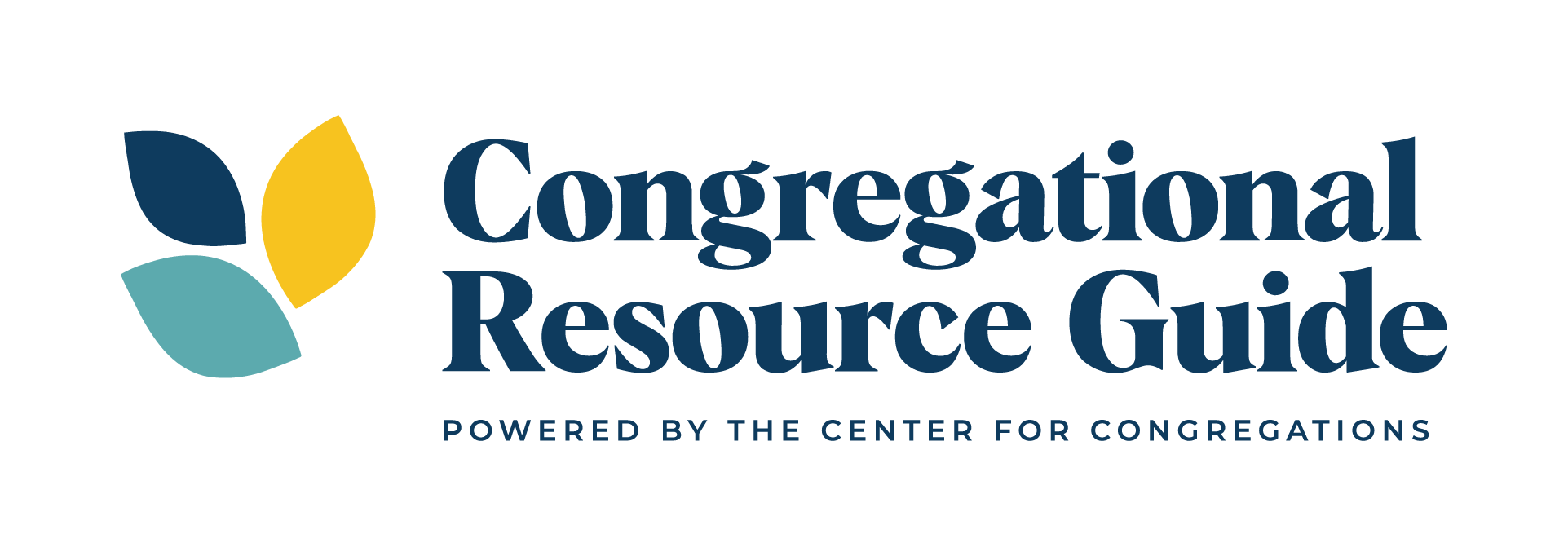On my way to work, I drive by two church buildings. One building used to be the home of a Methodist congregation, the other formerly a home for a Roman Catholic congregation. The people have gone elsewhere. The Methodist building is a coffee house, now for sale. The Roman Catholic building has been renovated into office space for an architectural firm.
What happened to these two congregations? It is likely that a variety of factors contributed to their end, such as changing neighborhoods, poor leadership, death of members, lack of new members, more people becoming indifferent to religion and so forth.
In that same neighborhood, on my way home from work, I drive by two other congregations; one, again, a Methodist congregation and the other a Roman Catholic congregation. These two congregations have experienced challenges, they have lost members because of death, they experienced leadership changes, and they exist in the same culture of growing indifference regarding religion. Yet these two congregations robustly respond to threats and misfortunes. They are resilient.
What’s the difference?
Why do some congregations carry on despite disruptions while others close? What creates resiliency?
Congregations experience disturbance all the time. All human communities do. Clergy leave. Conflict goes unresolved. Unsolvable problems create anxiety. Disruption in congregations is heightened by the possibility or reality that religion is inherently disruptive.
A resilient congregation is one that is able to continue and often expand its primary activities, despite the inevitable disruptions that occur.
Three characteristics
I’ve noticed three characteristics of resilient congregations.
A learning congregation provides knowledge and wisdom for its members regarding the spiritual, strategic and operational aspects of life together. A correlation exists between a congregation’s resiliency and the ability of its members to learn new ways to address even mundane challenges like fixing a roof or paving a parking lot. Resiliency around such mundane challenges creates greater flexibility in responding to the inevitable decline that time brings.
Another factor that builds congregational resilience is attention to outcomes. There was a time when I was resistant to tracking quantifiable results. After all, I thought, there is no relationship between attendance figures and the spiritual health of the congregation. I have changed my mind. Blood pressure numbers, height and weight, cholesterol counts, number of hours spent in exercise, indicate aspects of individual resiliency. We ignore such figures at our own risk.
Over time, stability is the same as decline
For congregations, stability ultimately is the same as decline, especially over time. The governing boards of resilient congregations pay attention to results. Such attention may be as simple as listing the weekly offering and worship attendance figures in the bulletin. Or it may be as sophisticated as defining goals about increased attendance developed from a comprehensive strategic planning process.
Resilient congregations have leaders who teach their people about life. They help their community make good judgments about how to live. Resilient congregations create opportunities for worship and education experiences that proclaim doctrines and also teach the values that exist underneath the theological structures of doctrines. These include life lessons about trust, love, sacrifice, generosity, commitment and much more. Religious life holds wisdom about resiliency, and it is a good thing for such wisdom to be shared within the context of a congregational life.
One example of such religious wisdom is that resiliency is different from sustainability. The idea of sustainability suggests that a resource isn’t depleted. In terms of congregations, notions of sustainability incorrectly suggest that any given worship community has light years to live and is potentially immune to the inevitable factors of decline that everything else in existence faces. If only the congregation does the right thing in the right way, it will flourish forever. Nothing is forever. Defense against depletion is not winnable. All things fade or disappear or go beyond our sight.
Resilience is possible
Yet, resilience is possible. Resilient congregations exist in all kinds of settings. Such congregations are not signs of immortality, but they do demonstrate redemptive ways of facing disruption and disappointment. Resilient congregations practice and teach the importance of life-long learning – focusing on outcomes and deeper meaning related to the transient nature of creation.
Every congregational leader might consider holding these two thoughts in tension: it is inevitable that their congregations will not last forever; and it is these leaders’ responsibility to make sure the congregations they serve exist beyond their own tenures. It is in the space between these two realities that resilience can be observed and enacted.
While you’re on the CRG, take a look at this resource on congregational learning, Becoming a Congregation of Learners; check out this book on evaluation, Level Best; and explore this resource about living life well, Falling Upward.


